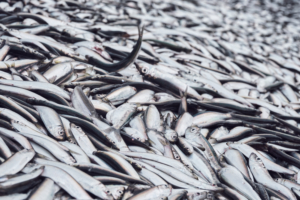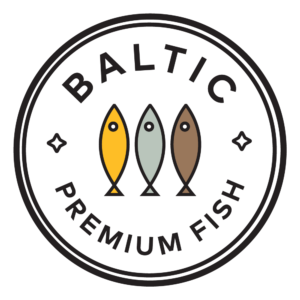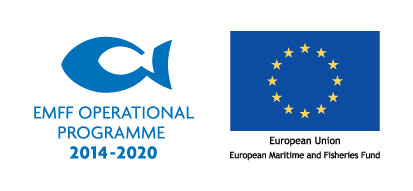Baltic sprats remain certified by the MSC
 The fishing season started later than normal this year because the water stayed warm for a long time, so the fish are currently still feeding. What marks this season out is how fatty the fish have been, which is linked to the high temperatures of the water in summer, when the fish did not feed: they started doing so two months later than normal. The average size of sprats was also markedly larger at the start of this season, reaching 100-105 fish per kilo. The percentage of Baltic herring caught while fishing for sprats remains within the limits of 8-12%.
The fishing season started later than normal this year because the water stayed warm for a long time, so the fish are currently still feeding. What marks this season out is how fatty the fish have been, which is linked to the high temperatures of the water in summer, when the fish did not feed: they started doing so two months later than normal. The average size of sprats was also markedly larger at the start of this season, reaching 100-105 fish per kilo. The percentage of Baltic herring caught while fishing for sprats remains within the limits of 8-12%.
The 2021 fish quotas approved at the end of October reduced trawler-fishing of Baltic herring in the open waters of the Baltic Sea by 45%, while the sprat quota was raised by 14%. To some extent the large drop in the open-water Baltic herring quota is compensated by the 21% rise in the Baltic herring quota in the Gulf of Riga.
Baltic sprats remain certified by the MSC (Marine Stewardship Council) and all catches are sustainable. Our modern vessels use the best fishing technology available today so that the fish reach the refrigeration units as quickly and freshly as possible, where they are immediately sorted and frozen.
A number of Estonian fish-freezing companies have made investments to increase production options for sprat and Baltic herring fillets and carcasses. Ukrainian producers and consumers have also taken to these products, demand for which has increased enormously.
A group of Ukrainian producers visited Estonia in late October to find out what is made from local sprats and Baltic herring so as to use our experience and recipes to expand their own product portfolios in Ukraine. They particularly liked the wide range of culinary items, production of which does not require substantial investments.



